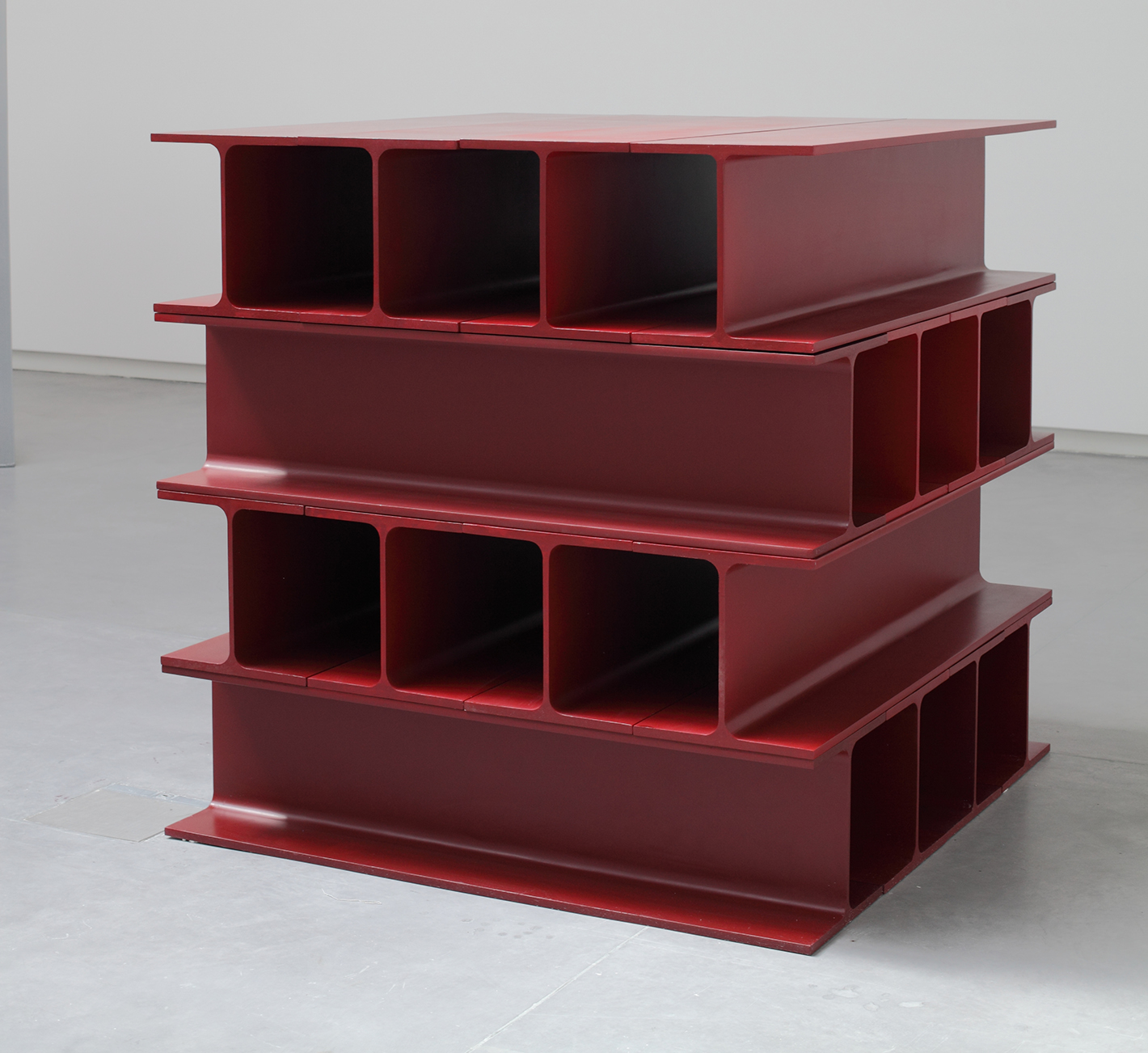
Sculpture No. 2, 1965
Rasheed Araeen
Sculpture No. 2, 1965
Steel and paint
122 x 122 x 122 cm
Installation view
Reproduced by Sharjah Art Foundation, 2014
search


Rasheed Araeen
Sculpture No. 2, 1965
Steel and paint
122 x 122 x 122 cm
Installation view
Reproduced by Sharjah Art Foundation, 2014
Rasheed Araeen: Before and After Minimalism presents sculptures, paintings, and drawings created during the more-than 50-year career of this influential Pakistani-born British artist.
The exhibition traces his evolution as a painter in Karachi to his shift towards Minimalism in London and ultimately to his international recognition and achievements as a post-Minimalist sculptor.
Trained as a civil engineer, Rasheed Araeen is best known for his formal, geometric sculptures often created from simple, sometimes industrial materials. Eschewing traditional sculptural hierarchies and compositional concerns, Araeen’s works are informed by his social and political convictions.
Founding editor of important critical journals including The Third Text, Rasheed Araeen has been at the forefront of the politically charged discourse between artists, institutions and audiences. This first major exhibition of the artist’s work in the MENASA includes early paintings and drawing, documentation of participatory and performance works, seminal sculptures from the 1960’s and a new sculpture specially commissioned for Sharjah.
Curated by Hoor Al-Qasimi.
Rasheed Araeen
1963―1964
Oil on canvas
Dimensions variable
Collection of Majeed Araeen, Karachi
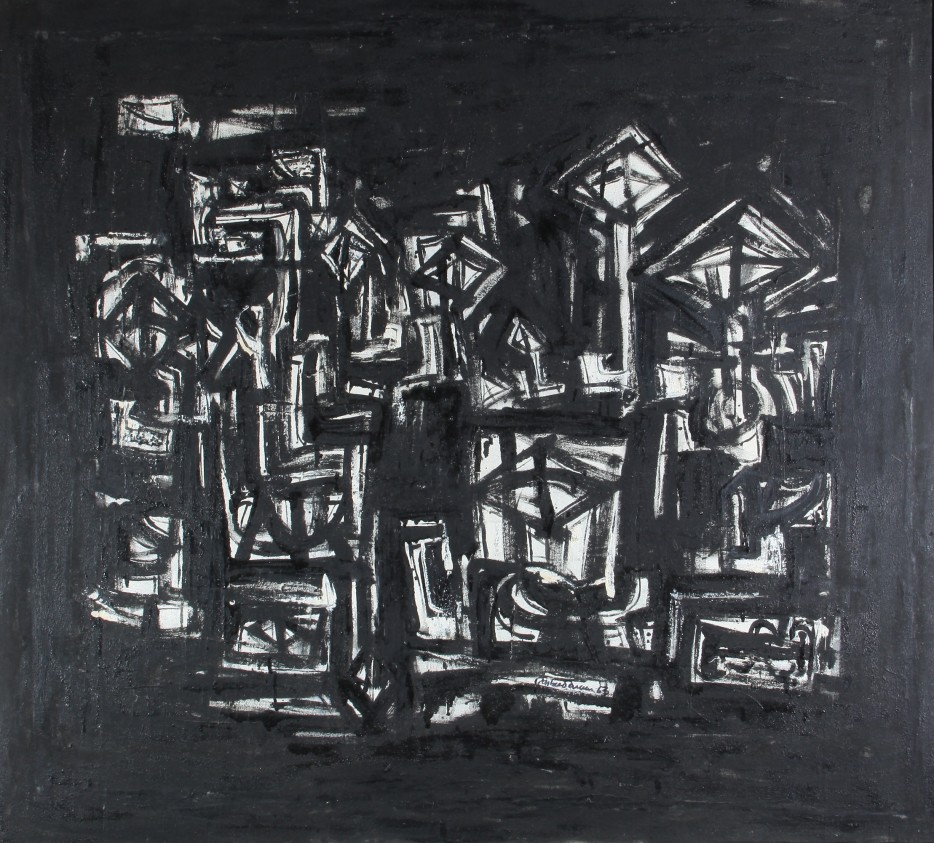
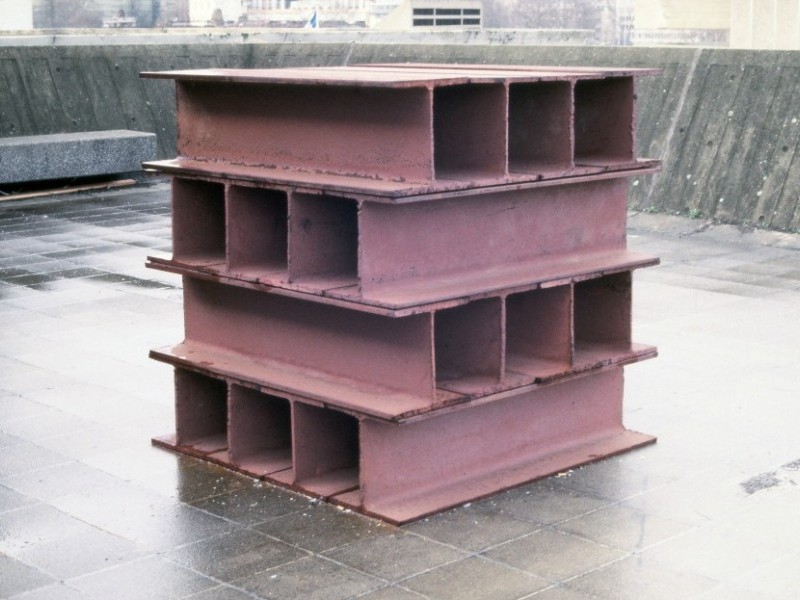
Rasheed Araeen: Before And After Minimalism presents sculptures, paintings and drawings created during the more- than 50 years career of this influential Pakistani- born British artist.
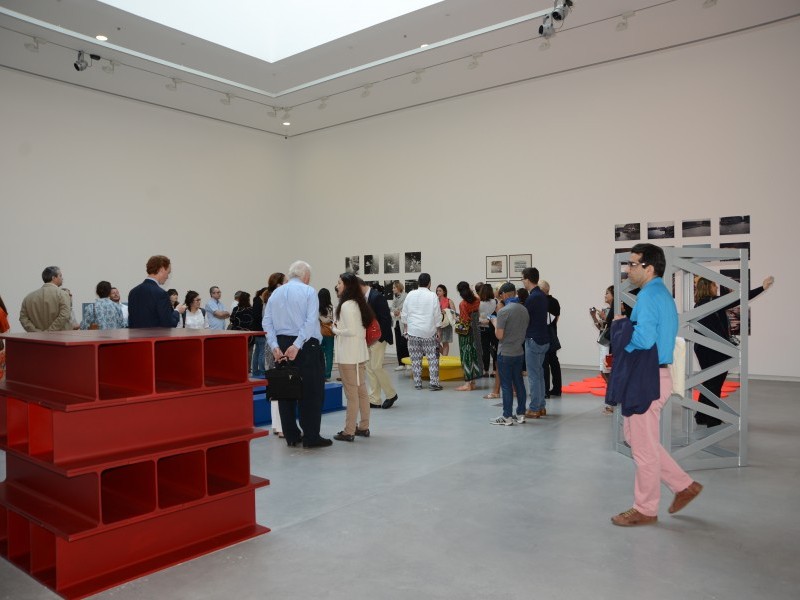
A Tour and Talk about this important exhibition will be led by Fatima Zahra Hassan, Assistant Professor at University of Sharjah.
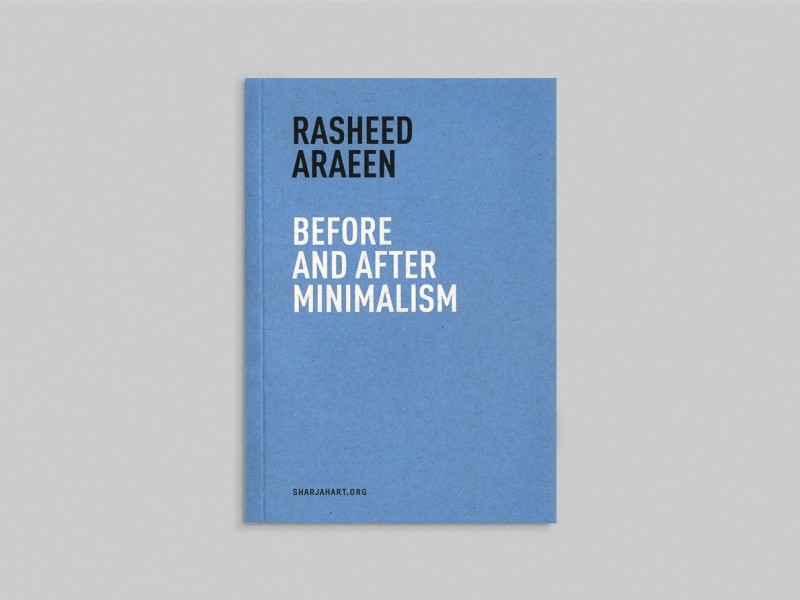
This booklet accompanied the exhibition Rasheed Araeen: Before and After Minimalism.
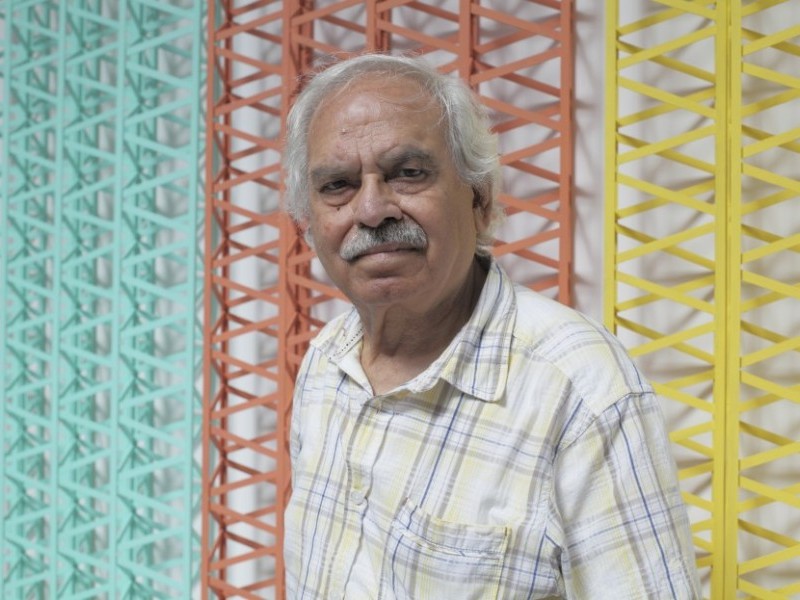
Known for his formal geometric sculptures made from simple materials, Rasheed Araeen is widely considered to be an early pioneer of minimalism.